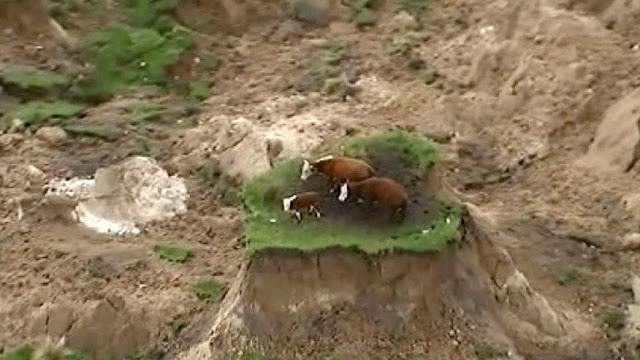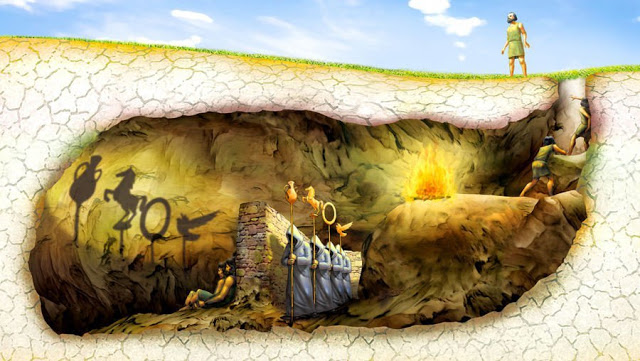Meridian Magazine and Book of Mormon Central do it again
And, of course, the editors at Meridian Magazine, (which should be renamed Mesomania Magazine), reprint the KnoWhys to magnify the devastating impact Book of Mormon Central is having.
Yesterday Meridian published a KnoWhy on Cumorah. You have to see this to believe it. Here’s the link.
Before you read that, though, you should know two things.
First, the underlying context for this article is the two-Cumorahs theory; i.e., the Mesoamerican advocates have long said the hill in New York cannot be the scene of the final battles because it’s too small and insignificant. That’s what leads them to discredit Oliver Cowdery and Joseph Smith, who wrote and endorsed Letter VII.
Second, the text does not say that 230,000 people were killed at Cumorah. Read Mormon 6 here. Mormon says his ten thousand were hewn down, leaving 24 survivors. The next day, he and Moroni and the 22 others made it to the top of the hill Cumorah and looked out to see the ten thousand he, Mormon, had led.They also beheld the ten thousand who were led by Moroni.
But those are the only two groups of ten thousand Mormon said they saw from the top of the hill.
This is an important point. The other groups of ten thousand, starting in verse 13, “had fallen” but Mormon does not say he saw them from the top of the hill.
In Chapter 5, Mormon described the “scene of blood and carnage” that preceded the final battle at Cumorah. The Lamanites “did tread the people of the Nephites under their feet.” It was only “the remainder of our people” who gathered unto the land of Cumorah (Mormon 6:5).
When we realize that Mormon, from the top of Cumorah, only claimed to see 20,000 people slaughtered before him, the context is much different from the common assumption that he was looking at 230,000 people. It’s no wonder that his people awaited with “that awful fear of death” when they were merely 20,000 making a last stand against the Lamanite armies.
People reasonably infer that this final slaughter occurred on a single day because in Mormon 6:11, Mormon says they beheld the dead “on the morrow.” (I think this refers to the day after the battles finished and does not mean the final slaughter took only one day, but I’m fine with either interpretation.) The idea that 230,000 people were killed in one day is often cited as another rationale for questioning the reliability and credibility of the text. By contrast, as horrific as the slaughter of 20,000 people is, it’s not unrealistic to think it could happen in a single day.
I bring this up because the inference that 230,000 men (and more women and children) were killed on a single day around the hill Cumorah has led to all kinds of mischief in the analysis of the text. In my view, Mormon makes it clear he could see 20,000 dead from the top of Cumorah, while the rest were killed earlier. 20,000 is still tragic and horrible enough.
[BTW, in Letter VII, Oliver Cowdery wrote “In this vale lie commingled, in one mass of ruin, the ashes of thousands, and in this vale were destined to be consumed the fair forms and vigorous systems of tens of thousands of the human race—blood mixed with blood, flesh with flesh, bones with bones, and dust with dust!” Notice, he did not distinguish between Nephites and Lamanites; he included dead Lamanites as well as the dead Nephites. And yet, he does not write “hundreds of thousands.” So as early as 1835, it was well-known that it was tens of thousands, not hundreds of thousands, who died at Cumorah.]
I fully admit I might be missing something. If so, please advise and we’ll correct it.
___________________
Because I have a tee time coming up, I’m not going to go through the entire Meridian article, but you’ll get the flavor. My comments in red.
Source: Book of Mormon Wars






